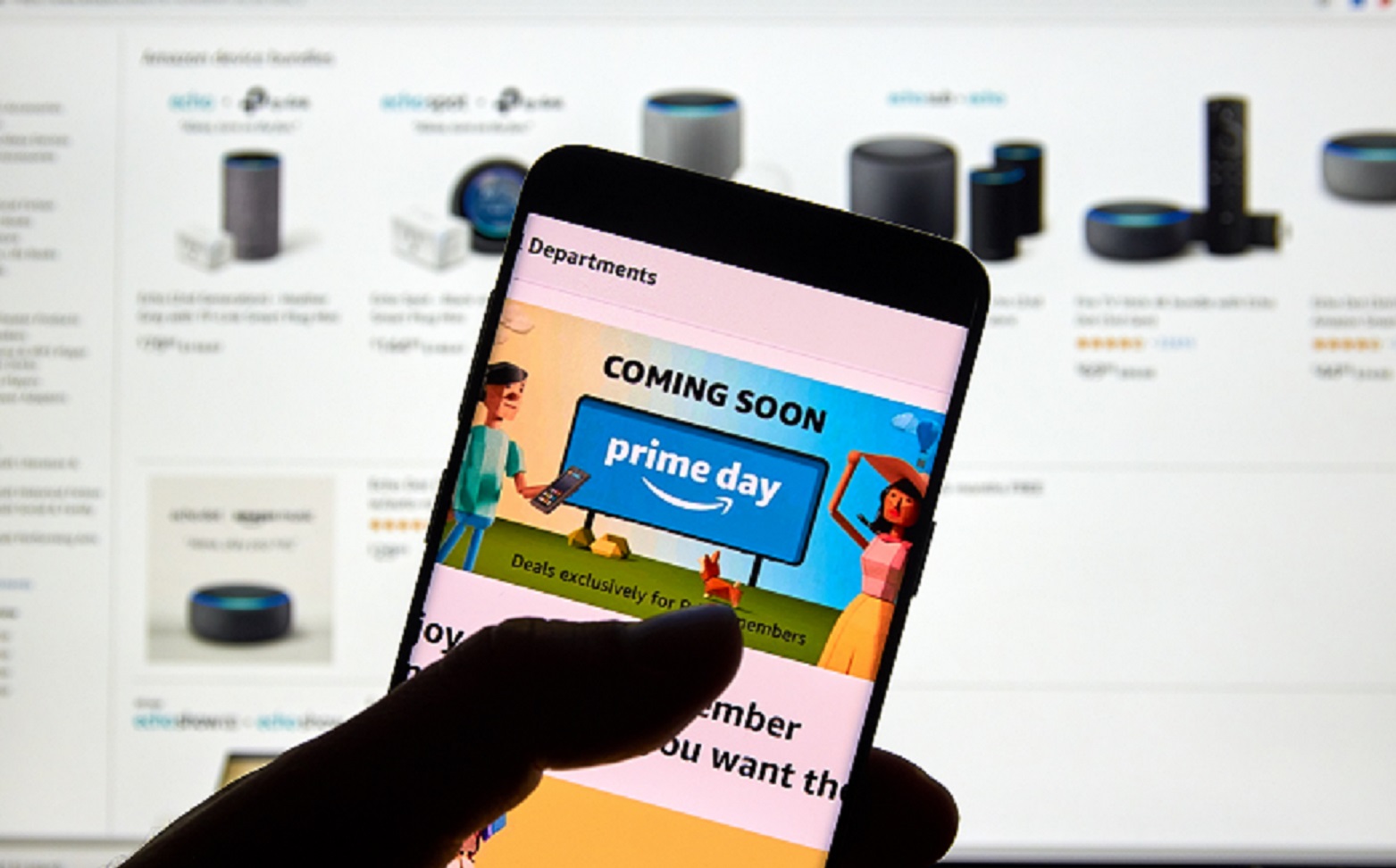The Upside of Personalized Ads

November 16, 2018 | Article written by Carly Morris
Everyone loves a personalized greeting card or gift. Personalized ads, on the other hand, can be a mixed bag.
Personalized ads aim to target and engage users based on things like location, interests, historical behavior, and more. Based on the level of personalization in the ad creative and messaging, this strategy can be either incredibly engaging or borderline creepy.
In a report from eMarketer, one third of survey respondents aged 18 to 49 said that they like personalized ads but aren’t receiving quality personalized ads. As with any digital advertisement, the key to a successful user experience is about matching the right audience to the right, high quality creative.
Why Personalize Your Ads?
With privacy concerns on the rise, many advertisers are nervous about crossing the line with overly personalized ads. That being said, it’s impossible to ignore their value among consumers. A recent study from Marketing Dive found that:
● 71% of respondents prefer ads tailored to their interests and shopping habits.
● People are twice as likely to click through for an ad of an unknown brand if the ad is tailored to their preferences.
● 44% of respondents said they would provide information such as name, address, or email address to access more personalized advertising.
Types of Personalized Ads
Personalized ads come in many different shapes and sizes. Before crafting your strategy, try to determine the type of personalization that best aligns with your goals.
Take these factors as a starting guide:
● Geographic location, including country, state, and city.
● Demographic information such as age, gender, and income level.
● General interests like sports, travel, and technology, as well as more niche interests like music genres, favorite celebrities, and hobbies.
● Buying intent based on keyword search.
● Historical behavior patterns such as purchase history, page visits, and more.
Best Practices for Personalized Ads
Once you determine how to personalize your ads, it’s time to create and deliver them.
Here are a few do’s and don’ts when it comes to safely using data to deliver custom ads:
● Steer Clear of Invasive Details: When you go for a new job interview, first date, or business meeting, you might do a little research on who you are meeting before you kick things off. However, there is a fine line between showing you did you research and coming off as a stalker. The same goes for ads.
Users are open to seeing an ad tailored to their needs and interests, but once it steps into more intimate information, like political interests, sexual orientation, or other sensitive topics they’ve searched online, people start to feel uneasy.
● Survey Your Users for Effective Personalized Ads: Research also shows that when advertisers are transparent about collecting information for personalized ads, people tend to find those ads more beneficial. Advertisers should be concerned about transparency for legal reasons, of course, but also to avoid being labeled as “creepy” and losing their audience’s trust. When people are delivered a personalized ad with a lack of transparency, purchase intent drops by up to 17%.
● Create Unplanned Purchasing Decisions: One form of personalized marketing that people are often comfortable with is when brands recommend items based on their interests or browsing history. Amazon headlines is a popular example of how a list of curated items can be more helpful for shoppers than it is intrusive.
In the end, it’s all about strategizing how you’ll tailor your ads to fit a user’s needs, without watching and reporting on their every move.
Try to determine what information is most helpful to reach your audience while still respecting their personal privacy. And, of course, be open and transparent about where you’re collecting data and how it’s being used in order to maintain trust and loyalty from everyone with whom you engage.


